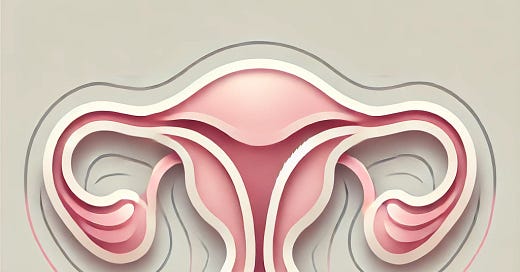Uterine Transplants a possible future treatment for infertility
Though it has been met with some skepticism, new method pioneered in Sweden could help women have children.
A cutting-edge infertility treatment has brought with it some concern for patient safety. Still, expert researchers who have looked into it have said it’s a safe method showing great promise in the future.
Uterine transplants are temporary methods that, once a child is born to the patient, are removed. Women who undergo this have something fundamentally wrong with their uterus, or it could just be absent. Some can lose them as a result of complications from pregnancy.
Uterus transplants can come from two sources. One may be a living donor who may be done building their own family. Another person may have died, and the uterus may be removed to be given to a patient who wants to bear children.
Jessica Walter, Assistant Professor of Reproductive Endocrinology and Infertility at Northwestern University Feinberg School of Medicine, recently published an article for the Journal of The American Medical Association. She addressed the skepticism some of the treatments have by saying infertility is a disease like any other and should have available options as such.
“Some people are skeptics because they think this is a lot of intervention, a lot of risk for something that isn't necessarily life-saving, but rather life-generating,” Walter said. “But I think I would just encourage people to speak to the patients, see what their experience has been, and if they value this treatment and this intervention to help them build their families.”
While uterus transplant is promising, 22 percent of living donors experienced postoperative complications requiring corrective surgical intervention, and 55 percent of recipients experienced at least one complication.
In time, Walter and her article co-authors think the number of complications will decrease.
Swedish doctors pioneered the medical treatment. Now, between 70 and 100 transplants have occurred worldwide. In the U.S., 51 transplants have occurred, and 30 children have been born because of it.
VF, now a widespread mainstay of fertility treatment, was once considered science fiction. As an extreme example, in 1972, while clinical studies were underway, the British magazine Nova described IVF as “the biggest threat to humankind since the atom bomb.”2 Six years later, in England, the first child was born from IVF. It was not until 1981 that a child was born from IVF in the US after 41 unsuccessful attempts.3 Despite initial reservations and dismal success rates, today, IVF accounts for 1% to 3% of all US live births, according to Walter’s article.
The other consideration is the cost of IVF treatments. This alternative may be cheaper in the long run.
“This really does become their only option for some folks,” Walter said. “And so I think what I always try to share is that even though there is one treatment that might work, we should encourage medical innovation and exploration into alternative treatments for patients.”





I always said this was possible . I had infertility, nine operations and my husband had a vaso vasectomy, Over 14 years. Over a million dollars inculuding fertility drugs, IVF and bedrest as well as losses. We were successful!